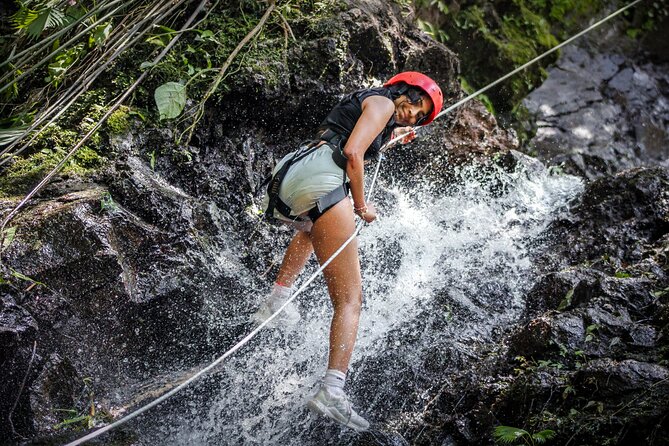Canyoning, also known as canyoneering, is an exhilarating adventure sport that involves navigating through canyons using a variety of techniques such as walking, scrambling, climbing, jumping, abseiling, and swimming. Unlike traditional hiking or climbing, canyoning takes enthusiasts into the heart of rugged terrains, where they can experience the raw beauty of nature’s sculpted rock formations, cascading waterfalls, and pristine pools. This multifaceted activity not only challenges one’s physical abilities but also offers a unique way to explore remote and untouched natural environments.
From an E-E-A-T (Experience, Expertise, Authoritativeness, and Trustworthiness) perspective, engaging in canyoning requires proper training and guidance from certified professionals to ensure safety and maximize enjoyment. Expertise in reading topographical maps, understanding weather patterns, and mastering technical skills like rope work and water navigation are crucial. Authoritative sources, such as outdoor adventure organizations and seasoned guides, provide valuable information and training programs for both beginners and experienced canyoners. Trustworthiness is established through adherence to safety protocols and environmental conservation practices, ensuring that the natural beauty of canyons is preserved for future adventurers.
Canyoning destinations vary worldwide, offering diverse experiences from the lush, waterfall-laden canyons of Costa Rica to the narrow, red-rock slots of Utah’s Zion National Park. Each location presents its own set of challenges and scenic rewards, making canyoning a versatile and globally appealing sport. As interest in adventure sports continues to grow, canyoning stands out by combining physical exertion, technical skill, and immersive nature exploration, providing participants with unforgettable experiences that test their limits and deepen their appreciation for the natural world.





